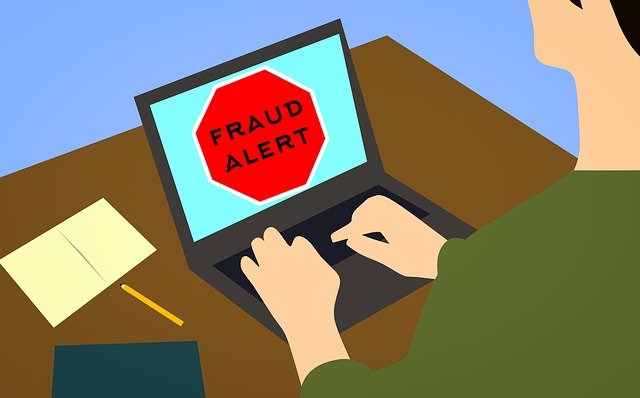The AMF and the ACPR yesterday published the 2020 annual report of their joint Insurance-Banking-Savings division. The report highlights an upsurge in scams in the context of the health crisis and digitalization of financial services. Executives are the most represented socio-professional category among victims of scams.
Ten years after its creation, the Insurance and Banking and Savings Division of the AMF and the ACPR has set up a working group to improve protection for individuals. If Bernard Madoff died in prison in April, there are still plenty of scammers and fraudulent acts in a digitalized environment.
Blacklists are getting longer
The 2020 annual report of the joint unit of the two supervisory authorities even shows a clear increase in scams. In one year, the number of names of fraudulent sites and entities registered on the five joint blacklists of the two entities has doubled to approximately 2,400 units.

These lists are published on the ABEIS. They concern loans, bankbooks, means of payment, insurance, various goods, binary options, Forex and financial contracts with payment of a differential (contracts for difference - CFD) on crypto-assets.
In addition, 560 cases of usurpation of the names of actors, authorities or products were identified in 2020.
New types of scams
As early as March last year, this control structure had issued a warning communiqué in a context of confinement conducive to fraudulent offers. These are based in particular on the attraction of values considered as safe havens in times of crisis such as precious metals, wine or real estate.
"In addition, the health crisis has given rise to new scams (fraudulent pools, investment scams in vaccine research projects, etc.)."The supervisory authorities stress in the document.
The AMF Ombudsman also listed a wide range of issues in his 2020 annual report.

New information tools
New information tools were deployed to alert the public, such as online conferences, posts on social networks and videos. A series of three very short films on anti-scam "barrier gestures" were published to amplify the prevention messages and widen the audience. They have been viewed 380,000 times.
The two supervisory authorities have therefore decided to go further by also creating a working group to better coordinate their actions.
Sharing good practices
"Several areas have been defined with the aim of strengthening the exchange of information and experience on new trends and the typology of identified scams, sharing best practices in terms of monitoring and updating blacklists of unauthorised sites or entities, and strengthening the impact of the two authorities' public prevention policy"The annual report explains.
The working group is also planning to cross-report systematically. It is also considering ways to simplify the process of verifying the identity of the entities that contact them and to give customers access to the blacklists of the ACPR and the AMF.
"The roadmap of this group includes strengthening the cooperation of the ACPR and the AMF with the various government departments involved in the fight against scams, as well as developing communication initiatives to increase the impact of the Joint Unit's prevention efforts on the general public", it is also specified.
Finally, it should be noted that while the profiles of victims of scams are very varied, senior executives are not immune to these misadventures. They are even the most common socio-professional category, as the AMF Ombudsman pointed out in his 2020 annual report.


